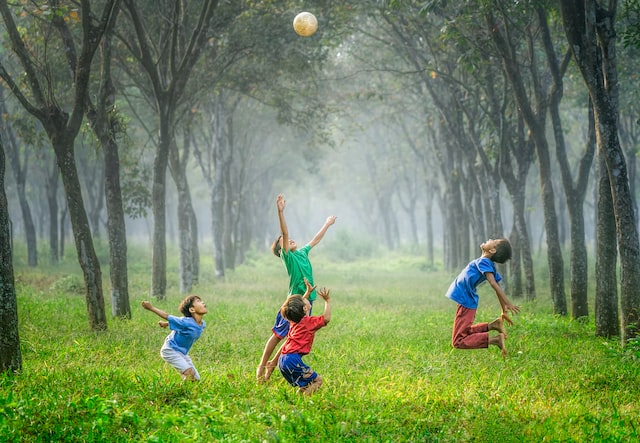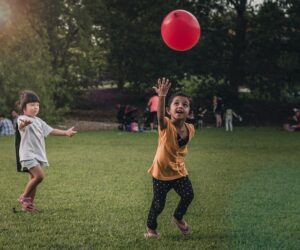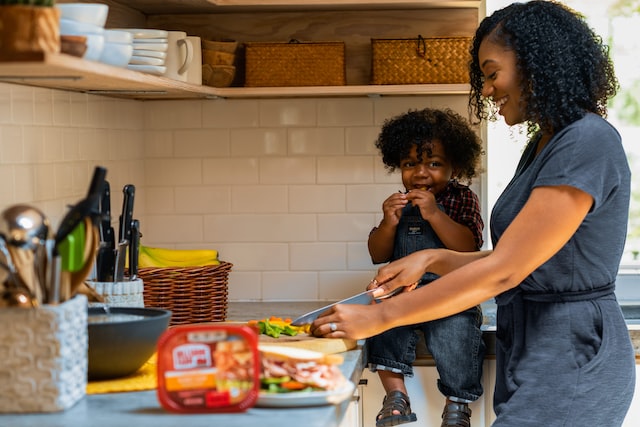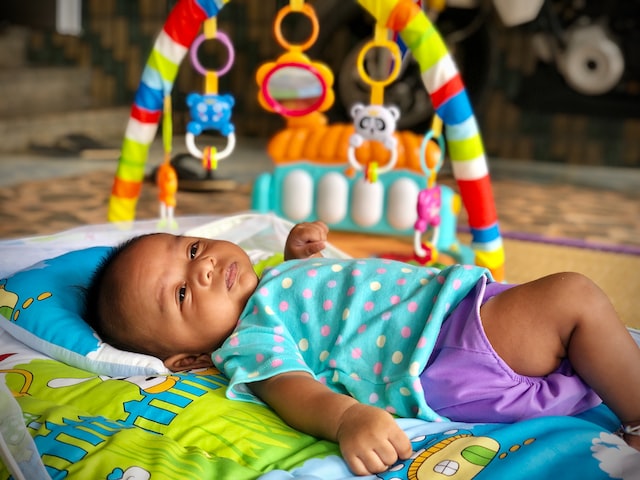There is no doubt that one of the most noticeable characteristics of children is that they are constantly on the go. Especially for the little ones, between two and three years old, the preferred way of moving from one point to another is running rather than walking. Unfortunately, the world around them is not child-friendly, and too often it imposes expectations on children without even considering whether they are appropriate or not. As a result, they are often scolded for the wrong reasons and for behaviors they just can’t avoid. Even so, if children never stop moving, it is not only because they cannot help themselves, but also because movement is necessary for their development. Let’s find out why.
Children never stop moving: why?
The connection between muscles, brain and learning was observed a long time ago by Maria Montessori, but it has also been demonstrated by recent studies in neuroscience. As the body engages and matures through physical movement, the brain builds what will be the basic foundations of future learning, well-being, and physical and mental health. Fortunately, when children are placed in an environment that is conducive to their development and given the right opportunities, they are naturally driven to seek out and create the experiences they need and which support their particular stage of development. Our contribution as adults is to create as many different and varied opportunities for movement as possible and give them the opportunity to experiment with their own body.
stimulating all the senses
In the early years, motor and sensory experiences guide children an understanding of the surrounding world and themselves. Information from the environment are collected not only through the 5 traditional senses but also through two additional senses that are often ignored. The proprioception, the sense of position of our body parts in relation to each other and the vestibular sense, sense of movement in relationship with earth, are in fact equally important. With a poor foundation for proprioception, a child may have difficulty coordinating their movements and feel uncomfortable in their “skin” or constantly need to wriggle to get a better sense of themselves. An underdeveloped vestibular sense could instead be due to poor balance and aversion to movement. It is not difficult to understand how much these conditions can affect emotional development and stability.
outdoor play
One of the best ways to satisfy the need for movement is to spend time outdoors, especially if spaces at home are limited. More and more children spend most of their time indoor and the possibility of exploring nature is reduced to a minimum, replaced by access to parks that are artificially prepared. Every family knows its possibilities and access to nature is not always immediate or simple. That said, knowing how important it is for children to play outdoors and get in touch with natural elements such as earth, water, wind, grass and so on, I invite you to think about how you could incorporate some time spent outdoors and offer opportunities to climb, run and jump. Nature not only offers endless possibilities for movement but also for exploration.

the importance of risky play
The term risky-play refers to a type of play naturally experienced by children, which includes the search for great heights, speed, the use of dangerous tools, hiding and the so-called “rough and tumble” play”. This type of experiences play a fundamental role in development, because it helps children learn to assess risk independently, develop self-confidence, awareness of their body and their limits and desire to overcome them. This has, in turn, a positive impact on emotional well-being, resilience, the willingness to try and try again and even on the ability to resolve conflicts and find solutions.
Supporting “dangerous” play does not mean leaving children unsupervised or letting them do whatever they want, but rather giving them the opportunity to experiment, to take some risks and be there to suggest what to do.
Download my free template “What to say instead of Be careful!”



